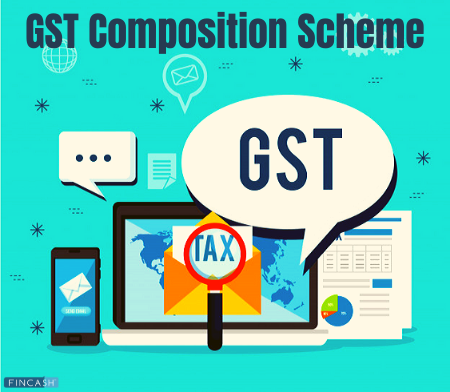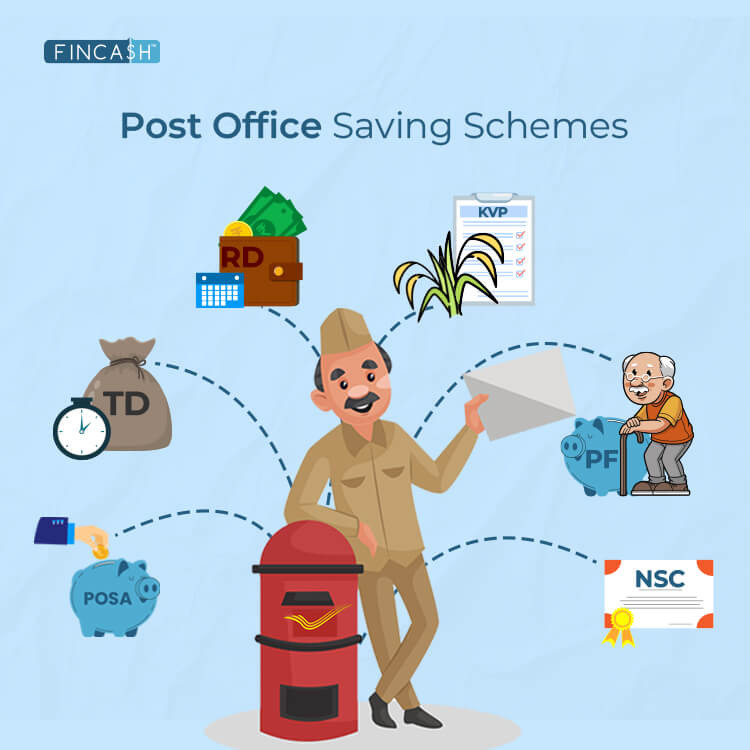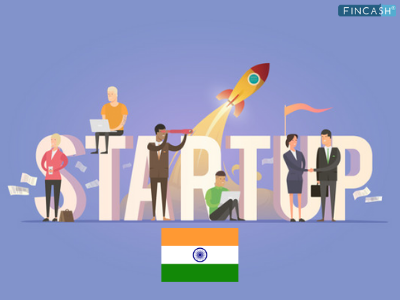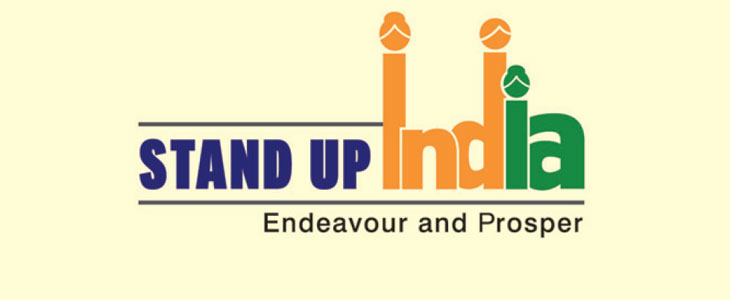PAHAL Scheme
According to recent estimates, the country has over 18 crore LPG connections or more than seven connections for every ten residents. With this connectivity, you have a guarantee that even the most isolated locations have access to cylinders.
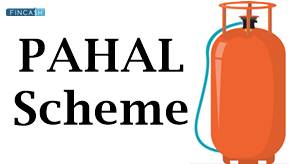
In response to these figures, oil companies have increased their services, intending to provide LPG cylinders to every residence. Despite these efforts, many homes still lack access to LPG cylinders and rely on traditional "Chulas" for cooking. Keeping this in mind, the Indian government created the PAHAL scheme to make LPG cylinders more readily available.
PAHAL DBTL Scheme
In India, you can have subsidized LPG, guaranteeing affordability. The average subsidy amount per cylinder runs between Rs. 160 and Rs. 170, allowing individuals to save a significant sum each year. Given the large numbers involved, the government created the Pratyaksh Hanstantrit Labh Scheme (PAHAL), or PAHAL - Direct Benefit Transfer of LPG (DBTL) Scheme, to prevent exploitation of the subsidy funds. The scheme intends to give customers immediate advantages.
On November 15, 2014, PAHAL was inaugurated in 54 districts. On January 1, 2015, it was launched in the rest of India. LPG clients can get the subsidy amount straight into their Bank account under the system, removing the need for a third party.
Objectives of PAHAL Yojana
The PAHAL (DBTL) plan has the following goals:
- Removing diversionary incentives
- Protecting the consumer's entitlement and ensuring that the PAHAL subsidy is paid
- Improving LPG cylinder availability or delivery for legitimate consumers
- Getting rid of any connections that aren't real or are duplicates
- Self-selected subsidies
Primary Purpose of PAHAL Gas Scheme
The primary goal of PAHAL was to ensure that LPG customers received their subsidy straight into their accounts, preventing any money from being wrongly transferred or used. It ensures that the money paid in Taxes is not wasted while also directly benefiting the consumers. The primary goal of attaching the Aadhar to this system was to validate data, create a complete database, and encourage digitization.
Talk to our investment specialist
Highlights of PAHAL DBTL Scheme for LPG Cylinder
The following are a few of the scheme's most important features:
- Individuals who wish to take advantage of this scheme must have a bank account. The subsidized amount will be debited directly in the bank account.
- The subsidy amount will be determined by how many subsidized cylinders a person is entitled to in a particular year.
- Customers who sign up for the scheme will receive a Rs. 568 advance, which will be deposited into their account. It is the amount they will pay before purchasing their first cylinder.
- Customers have the option of linking their Aadhaar number to their gas connection or linking their bank account directly.
- Customers may also register their mobile numbers with their gas agency to get SMS updates about the scheme.
Advantages of PAHAL DBTL Scheme for LPG Cylinder
The following are a few of the scheme's primary benefits:
- As individuals who do not have a bank account cannot take advantage of the benefits offered by this program, people are more likely to open bank accounts, driving the country closer to a cashless Economy.
- The cylinder will be sold at Market pricing, with the subsidy amount being credited to the account. It eliminates duplicate pricing and ensures that everyone is on the same page.
- People who do not require the subsidy amount have the option of opting out.
- The plan would ban the selling of unlicensed cylinders, which would reduce Black Market transactions. It also increases overall safety, as black-market LPG cylinders may be prone to leaks and other problems.
- It would make it impossible for people to have several gas connections. Each family is limited to one connection, resulting in the regularisation of practices.
- The approach removes intermediaries, allowing not only consumers but also oil firms to save money by not engaging with a third party to monitor the subsidy amount.
- It aids agencies in keeping track of their customers, allowing them to deliver better service.
Pricing Associated with PAHAL DBTL Scheme
Household LPG cylinders are sold to Cash Transfer Compliant (CTC) domestic LPG customers at a market-determined price under the PAHAL (DBTL) scheme (not including the subsidy). The following are the price components of this scheme:
Amount Distributed to Customers
For each delivered subsidized cylinder (up to the cap), the total cash of the LPG cylinder is sent to the CTC user according to their entitlement.
Grace Period
Non-CTC customers had a three-month grace period after the launch of the PAHAL (DBTL) scheme to get converted into CTC subscribers. During this time, non-CTC customers got their subsidized cylinder entitlement at the then-current subsidized retail selling price.
Parking Period
Non-CTC customers are given a further 3-month parking period after the 3-month grace period, during which they will get LPG cylinders at the market-determined price. The different OMCs shall hold back the total cash from the sale of LPG cylinders to non-CTC customers (as per their entitlement).
When LPG users become CTC customers during parking, the individual OMCs would send the entire sum (up to the cap) according to their entitlement to the bank accounts of the LPG consumers.
Permanent Advance
Every CTC customer who enrols in this scheme receives a one-time advance payment. The advance amount is announced regularly and is fixed for one year. The Cash Advance ensures that LPG clients have enough money to pay for their first LPG cylinder at market price.
The customer will hold the advance payment until the connection is terminated. The advance amount will be adjusted when the connection is closed.
How to Register for the PAHAL Direct Benefit Transfer Scheme?
Individuals get to register in one of two ways:
With Aadhar
- Customers who want to use the DBTL system with their Aadhar information can link their Aadhar number to their bank account.
- It can be accomplished by completing
PAHAL DBTL Form 1, obtained from the gas distributor, or acquired from the internet. - The paperwork must be sent to a bank or an LPG distributor.
PAHAL DBTL Form 2must be completed to link the Aadhar with the LPG connection. - This can be done electronically using the official UIDAI website or physically submitting it to the distributor.
- You may also get registered by sending a message or utilizing the IVRS system.
Without Aadhar
- If a customer doesn't have an Aadhar number, they can register using their Savings Account.
- This can be accomplished by supplying bank information such as account number, account holder's name, IFSC, contact information, etc.
- Furthermore, one can ask their bank to link their gas connection to their bank account to receive the subsidy immediately.
PAHAL (DBTL) Scheme Grievance Redressal System
Grievance redressal is also given proper focus in PAHAL DBTL Scheme, and there are various ways to register your issues, as follows:
- Consumers can connect the OMCs' Call centre toll-free at
1800-233-3555for any information, feedback, or complaint about PAHAL (DBTL) - You can also go to their LPG distributor and fill out the
PAHAL DBTL Form 6with their complaints/suggestions. - The grievance will be filed with the OMC's unified grievance system.
- If a complaint is filed with a distributor, the consumer will receive a Service Request Number (SR No.) from the call centre or via SMS.
- Consumers can trace the status of their complaints using the Sr No. assigned to them.
- Once the complaint is resolved, the consumer will be notified.
How can I get the Details of PAHAL Status?
- Customers who purchase PAHAL Bharat Gas must go to its official website to check their enrollment status.
- Then choose the
Join PAHAL option. - Select the 'Check PAHAL status' tab from the drop-down menu.
- Next, you must submit information such as their aadhaar card number, 17-digit LPG ID, and mobile number.
Conclusion
PAHAL DBTL Scheme is another step of the Indian government towards the wide-scale development and enhancement of the lives of the residents. With this, people can access the gas subsidy easily without any exploitations. Spreading awareness about the scheme is essential to ensure a widespread benefit for the entire Indian crowd.
All efforts have been made to ensure the information provided here is accurate. However, no guarantees are made regarding correctness of data. Please verify with scheme information document before making any investment.
